Bibendum is on the first floor of the art deco Michelin House (built in 1911), which has a superbly light and airy dining room with large stained-glass windows. It used to be the showcase of the gifted Simon Hopkinson under Terence Conran’s ownership, but since 2017 it has been the home of Claude Bosi, who has gained two Michelin stars for the restaurant. A simpler oyster bar restaurant is on the ground floor. The kitchen is led by head chef Letitia Madsen, who previously worked at The Pem. Claude Bosi was not present at this service. There was a three-course menu at £185 with £225 for a tasting menu, and a lunch menu was available at £85. We ended up doing the tasting menu but with the duck jelly (supplement £45 each) swapping the pheasant main course for Poulet Bresse (supplement £75) and the dessert for a chocolate souffle (supplement £15 each).
The wine list had 1,536 labels and ranged in price from £25 to £9,990 with a median price of £180 and an average markup to retail price of 3.1 times. Sample references were Sébastien Vaillan Valençay Blanc 2023 at £44 for a bottle that you can find in the high street for £16, Collio Bianco Fosarin Ronco dei Tassi 2021 at £70 compared to its retail price of £18, and Barbera d’Alba Elio Sandri 2021 at £88 for a wine that will set you back £28 in the high street. For those with the means there was Pio Cesare Barolo 2009 at £225 compared to its retail price of £64, and Louis M. Martini Stagecoach Cabernet Sauvignon 2018 at £343 for a wine whose current market value is £156. The list was 38% from France, 24% from Italy and featured wines from Syria and Croatia. Just 13% of the wines were under £100 a bottle, and there were more wines (17 in all) over £1,000 than there were (15 in all) under £50. A third of the list was priced between £150 and £250. Perrier was £6 for a small bottle.
The meal began with a sequence of canapes. Gougeres were made from a mix of three different cheeses and were warm with a liquid cheese centre inside their choux pastry casing. A cornet of foie gras brioche mousse had cherry vinegar reduction and a crumble of brioche croutons. This was lovely, the vinegar nicely balancing the richness of the foie gras.
Corn tartlet had a filling of chicken liver mousse, salmon roe and alyssum flower. I thought this worked less well as the salmon rather dominated the flavour of the chicken liver. Croustade of Cornish mussels and Morteau sausage was topped with Camembert foam and raspberry powder. This was an unusual but quite successful mix of flavours. A final canape was miso and onion fried dough with yuzu jelly, which worked well (canapes 16/20). Bread was sourdough from Coombeshead Farm in Cornwall. Unusually, the loaf of bread was presented on a tableside trolley before being cut. The butter was from Northern Ireland.
Confit egg yolk was served in an egg shell along with duxelles of cep that were both cooked and finely chopped raw, with sherry vinegar, shallots, coconut foam, cep powder and coconut shaving. Egg dishes that are both hot and cold are surely all inspired by a famous Alain Passard dish with crème fraiche, maple syrup and sherry vinegar. This was clearly a different interpretation and I thought that it worked very well, with the sharpness of the vinegar balancing the richness of the egg nicely (17/20).
A very pretty dish of duck jelly with caviar had a duck consommé reduced to a jelly and combined with onion soubise (butter, onion and cream) and onion bavarois under the jelly. In the centre was oscietra caviar from Exmoor caviar and a smoked sturgeon mousse with dill mayonnaise. This was an exceptionally well-presented dish with excellent duck jelly, the onion flavour a good contrast to the rich duck. I would have scored this higher other than for the use of Exmoor caviar, which is simply not a very high-quality caviar. The dish would be so much better with caviar from, say, Petrossian or Imperial or N25. Interestingly, I believe that they used to use Petrossian caviar here until recently. The change that has been made here is not an improvement, like swapping your Mercedes for a Lada (17/20).
Torbay prawns came with toasted rice consommé and crème fraiche d’Isigny from Normandy. The prawns were of nice quality, quite sweet, marinated in dashi and combined with creme fraiche and Alsace bacon. The toasted rice gave a crisp textural contrast and there were also dots of oil made from the heads of the prawns. On the side was a prawn cracker, an impressive creation in itself, extremely delicate and packed with prawn flavour. This was a very enjoyable dish, with the highlight for me the superb cracker (17/20). On the side was a basket of pitta bread cooked as a soufflé and brushed with sturgeon fat, presumably hinting at the classic dish pommes souffle. This was inventive but pitta bread simply does not work as well as potatoes in this form, in my view.
The fish course was Cornish monkfish Dieppoisse. The fish had a mother of pearl sheen and was served with a baby leek fondue, mushroom consommé and white wine pearls made from an intensely reduced Italian Chardonnay. The sauce of cockles, winkles and clams was rich and perhaps an extra element that was either sour or sharp might have been beneficial (16/20).
Agnoletti (a Piedmontese pasta) was stuffed with snail and foie gras with bone marrow stock, served with dill oil, steamed snails and toasted hazelnuts. The hazelnuts were a smart addition, giving an extra texture and contrasting flavour. The pasta itself was well made but for me the snails did not compare well to the best ones I have eaten in France (15/20).
Our main course of Poulet Bresse was served in two services. The bird was carved at the table, the breast served with chicken oysters served to the side, all with a rich chicken sauce. The second service was the chicken legs with a crisp skin along with a sauce made from the chicken juices as well as a salad of bitter leaves. This was a very enjoyable dish, the chicken carefully cooked and the bird having lovely flavour (18/20). Alongside was an excellent buttery mash in the style of Joel Robuchon. There were also roast ceps with coca beans as an accompaniment.
Pre-dessert was Scottish blackberries with tarragon ice cream and tarragon oil with olive oil foam. This tasted about as good as it sounds, with the strong tarragon flavour dominating the fruit (14/20). We had a chocolate souffle in place of the standard tasting menu dessert of ceps and banana. It was a supplement, but I think I would pay just about anything not to eat ceps and banana for dessert. The souffle was lovely, evenly cooked and with plenty of chocolate flavour, accompanied by an excellent vanilla ice cream made using Tahitian vanilla (18/20). Coffee was from Difference Coffee, and we had the lovely Panama Gesha.
Service was very good. The bill came to an impressive £578 per person with two bottles of fairly inexpensive wine. The food element was £325.50 each with the supplements for dish substitutions. Of course, you could eat for a lot less than this. If you went for the three-course set lunch and shared a modest bottle of wine then you could perhaps escape, with water, coffee and service, for around £170 each. Nonetheless, £185 for three courses is an awful lot of money when that might involve prawns, monkfish and figs. The menu is not weighed down with luxury ingredients such as langoustines, extra-large scallops, turbot and the like, and they certainly aren’t splashing out on their caviar. There were supplements galore.
Bibendum shows strong culinary technique and has quite a modern style of French cooking. This meal was a touch less consistent than my previous one here, though the best dishes were very good indeed. Like many of the multi-starred places in London at present though, it seems to me expensive for what appears.
Further reviews: 16th Oct 2020 | 03rd May 2017

































































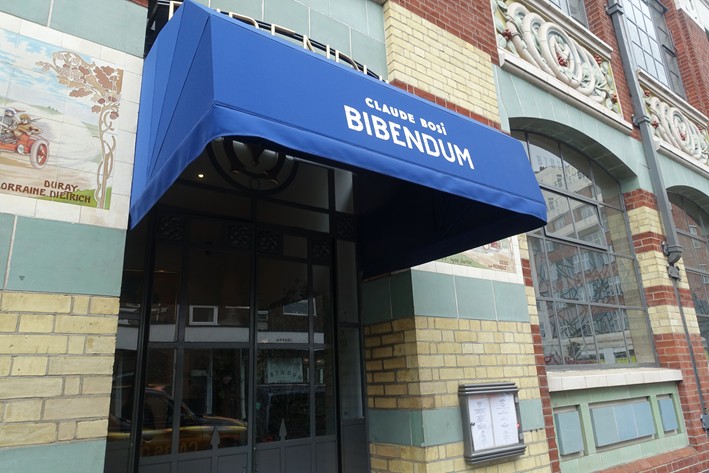
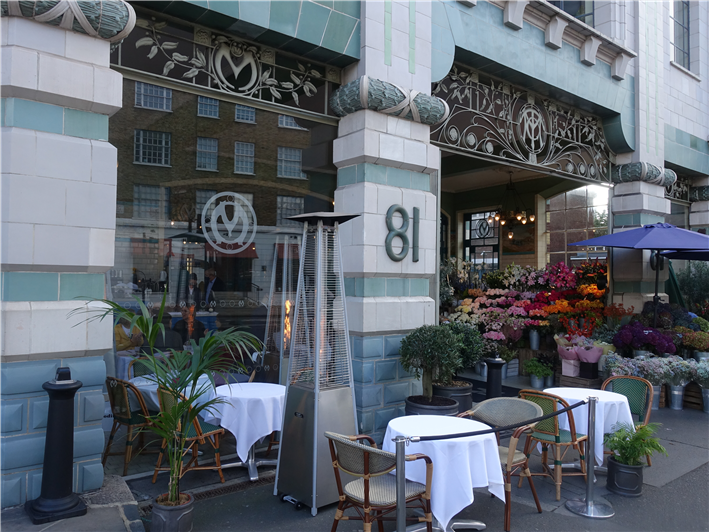


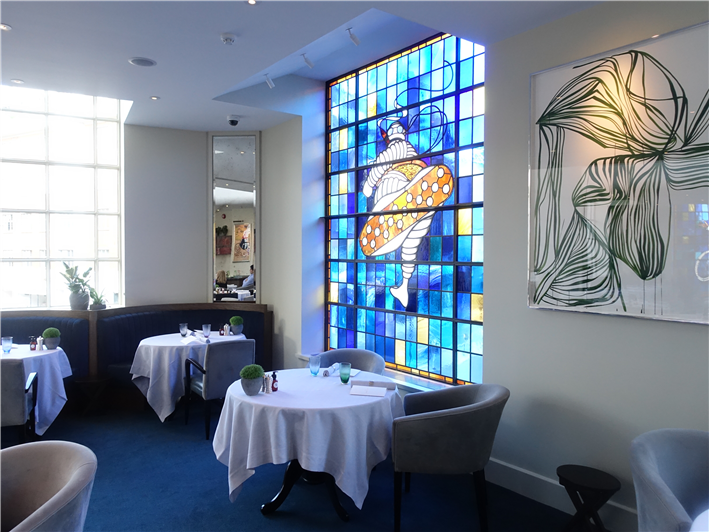


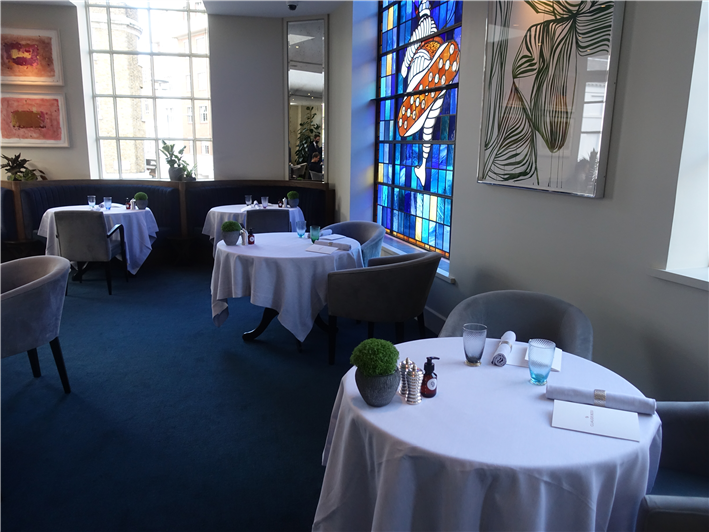


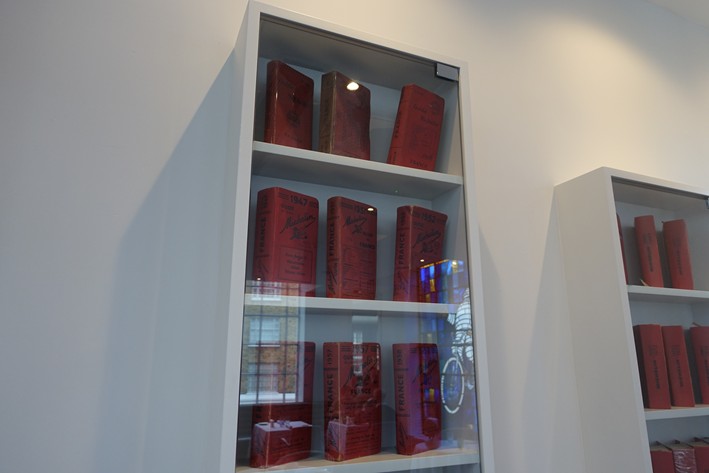

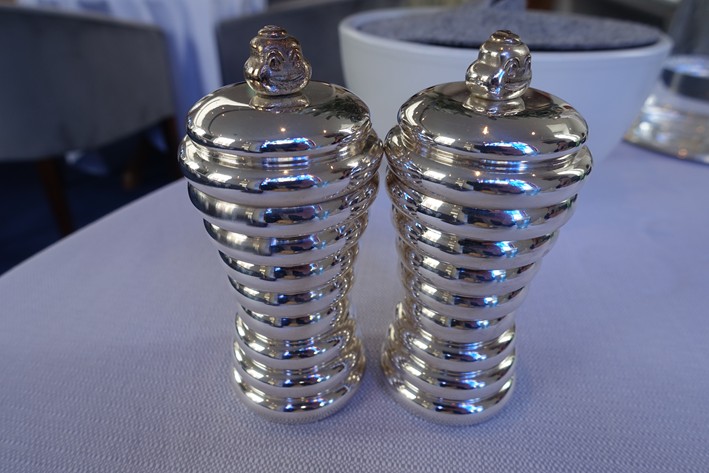
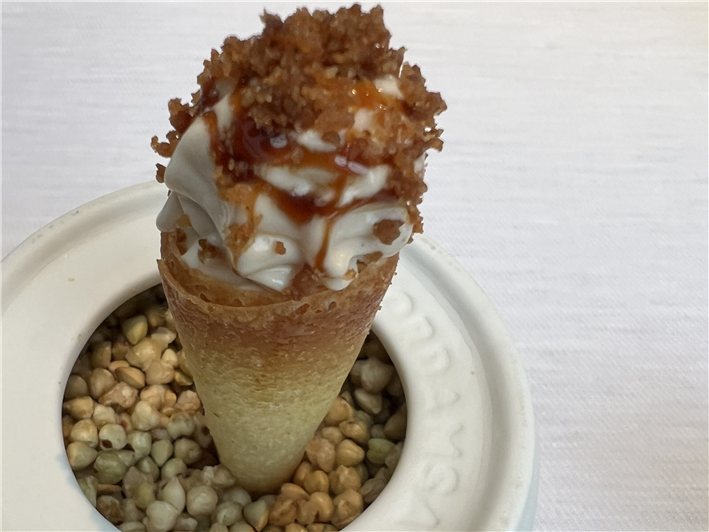
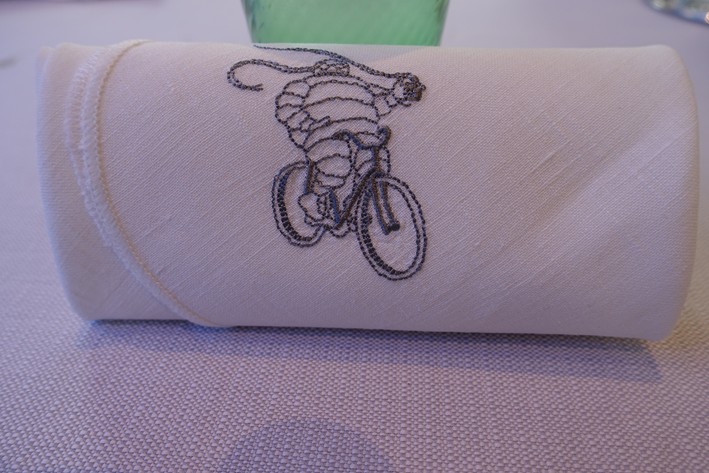


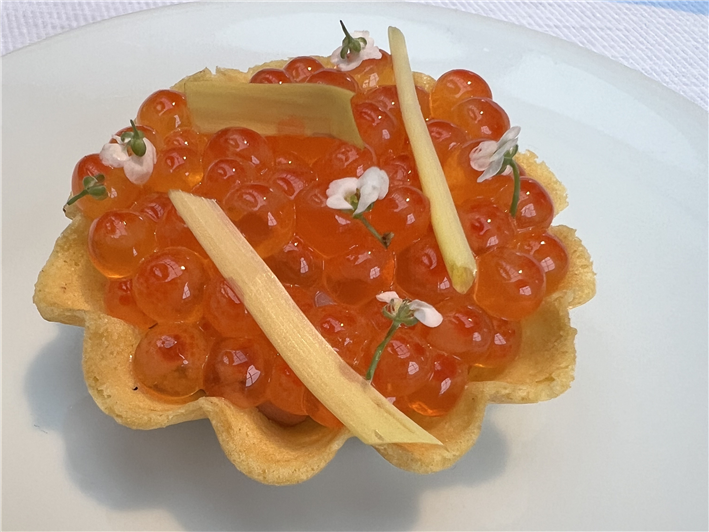
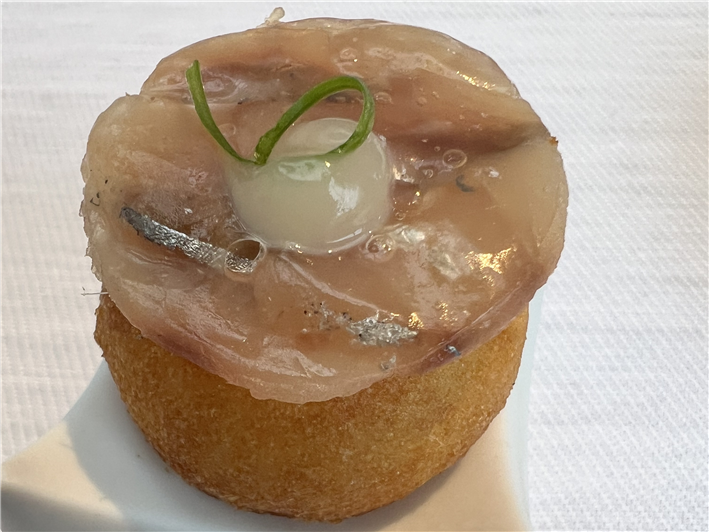

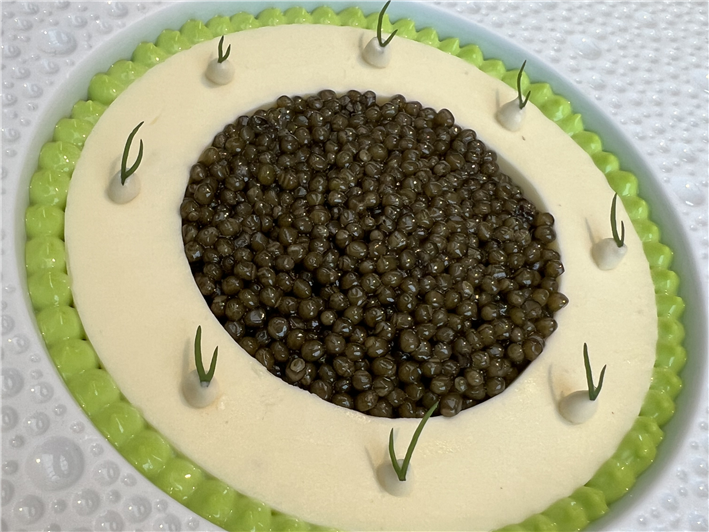
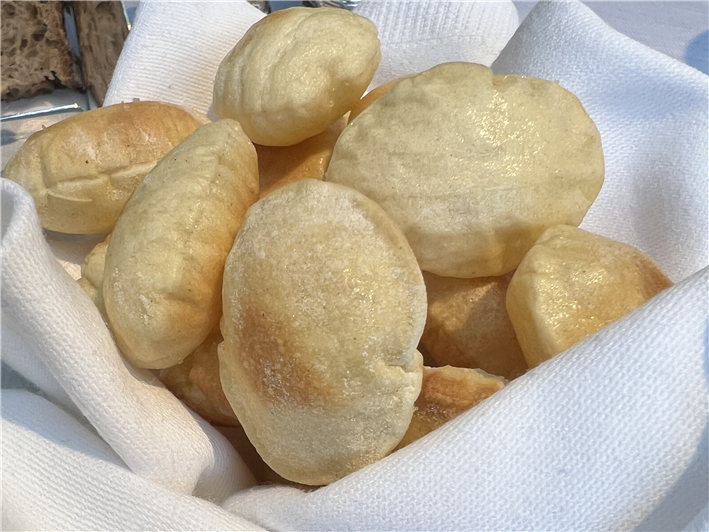

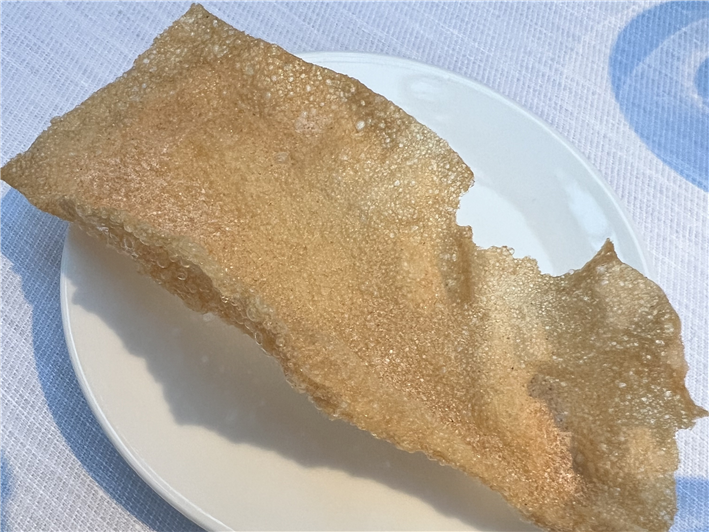

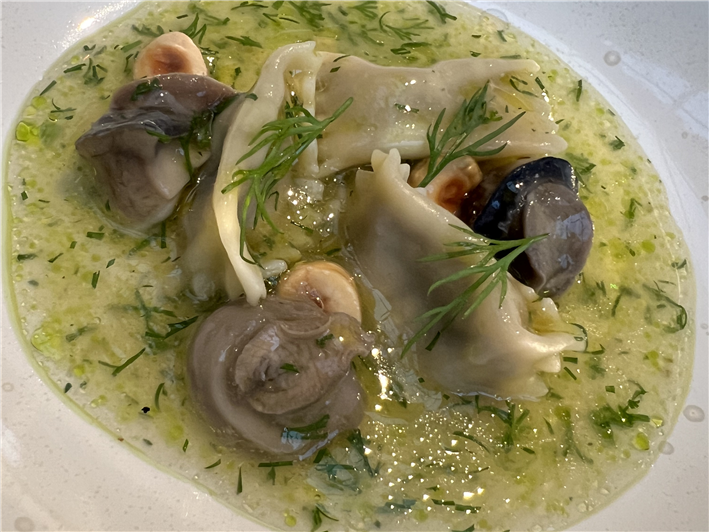
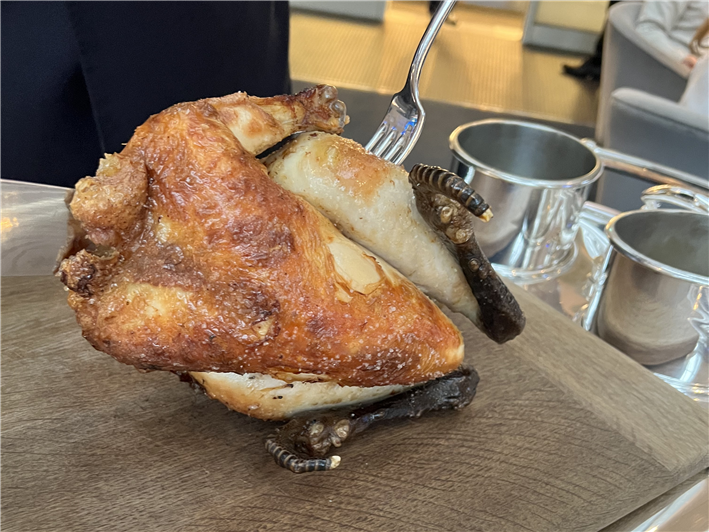
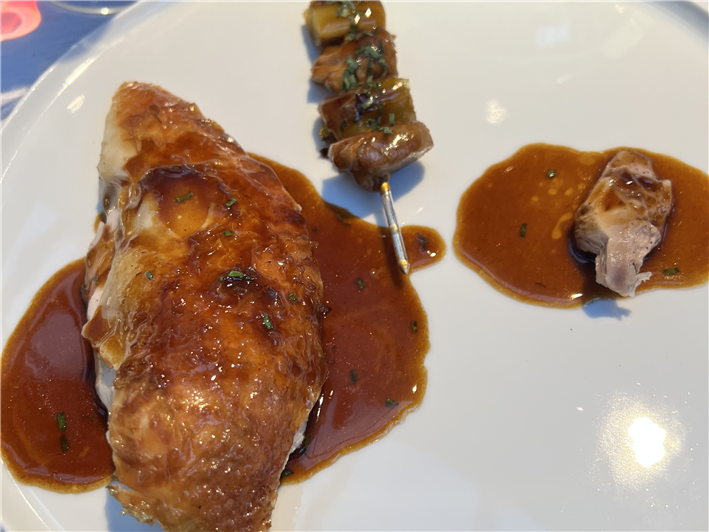

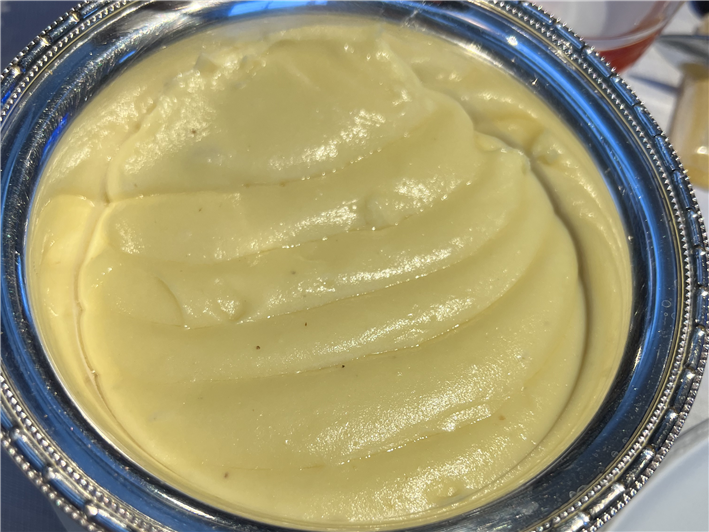

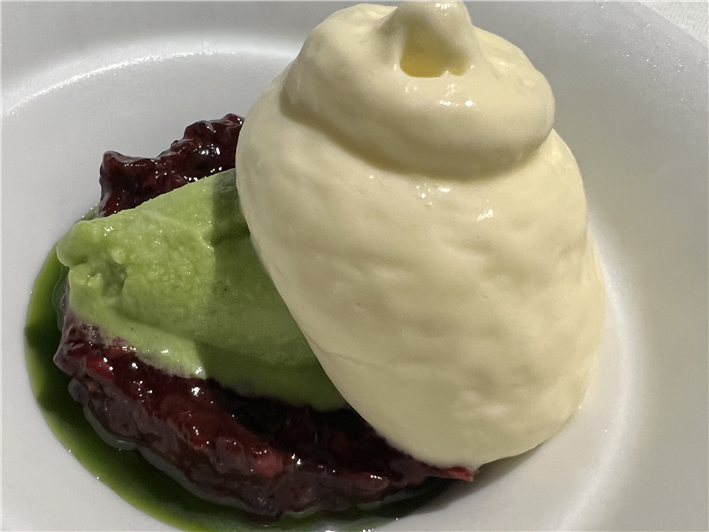


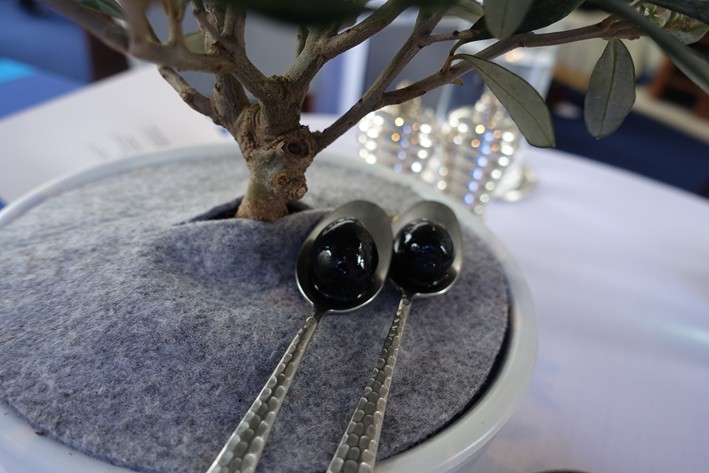

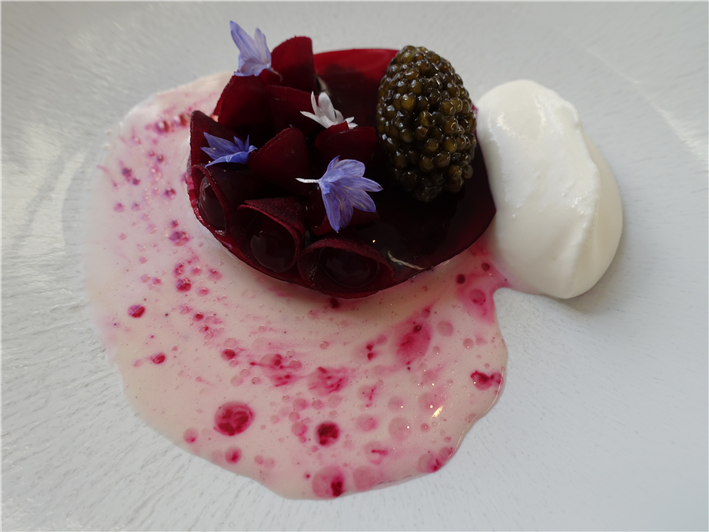
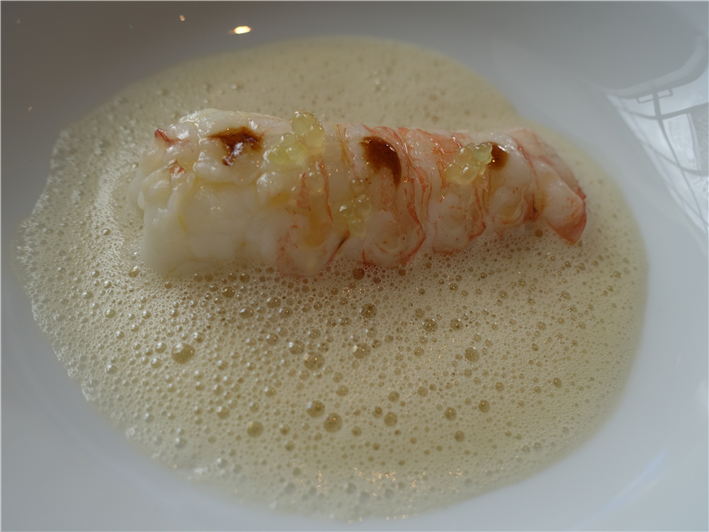
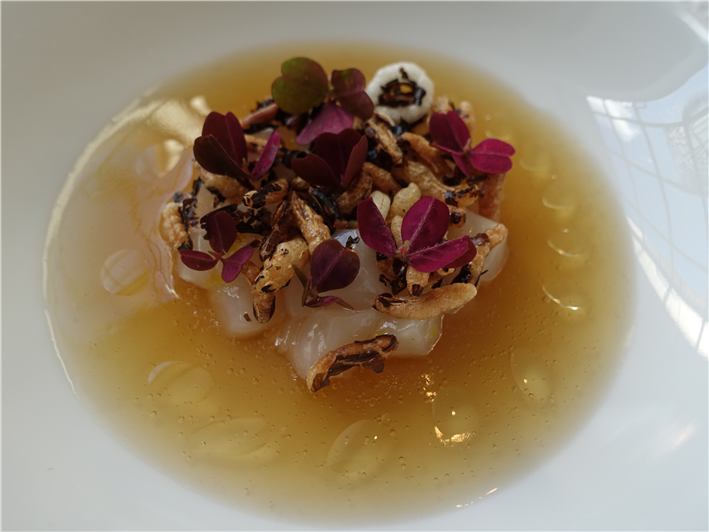
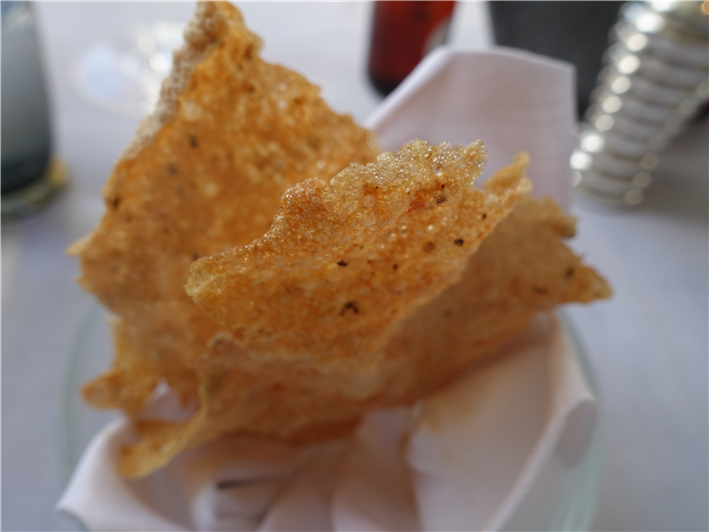
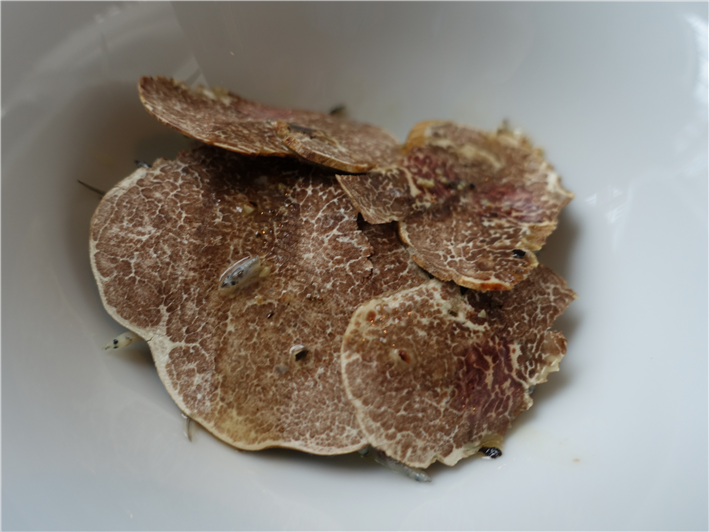
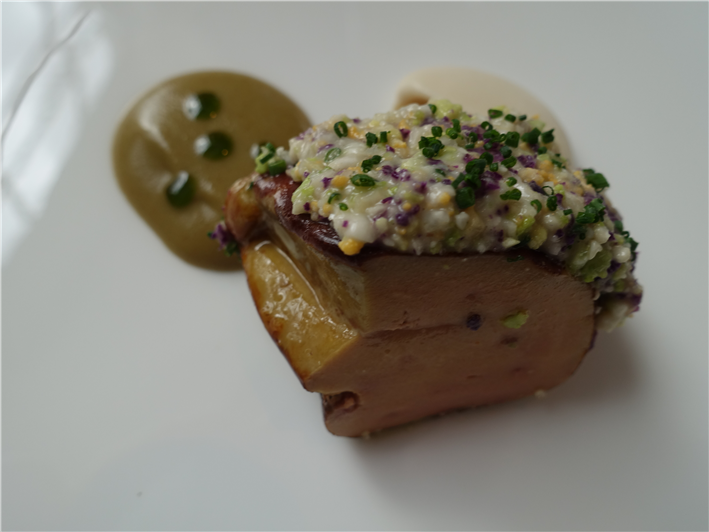
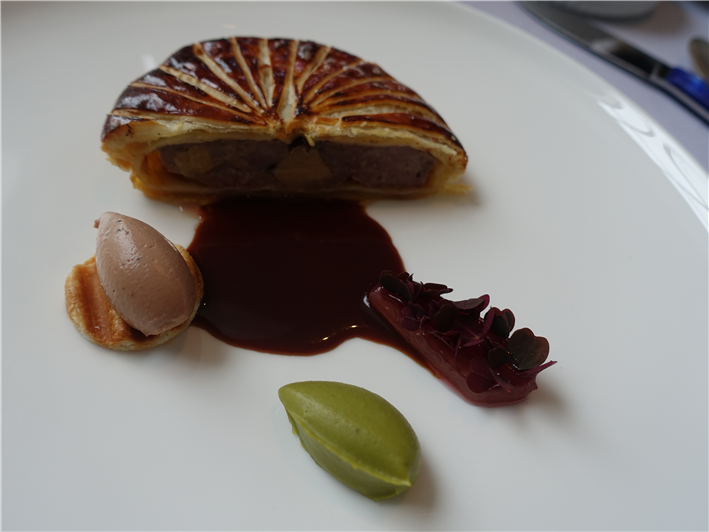
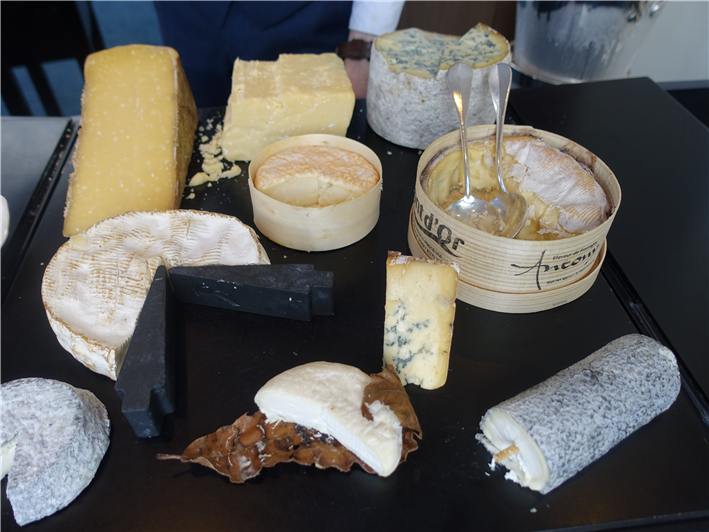

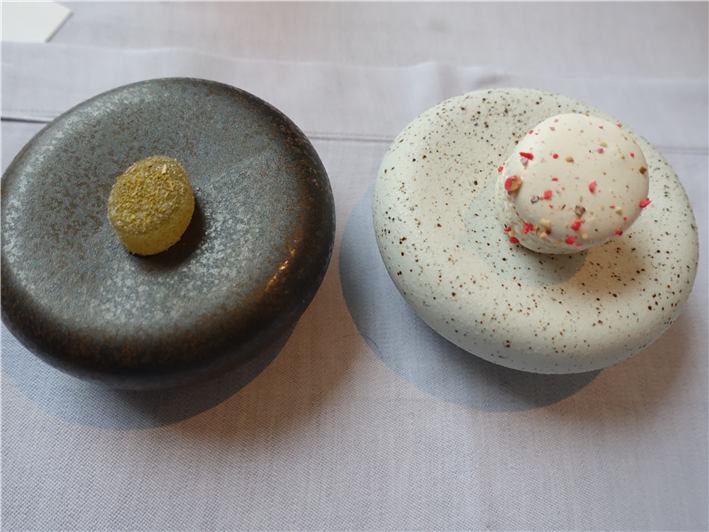


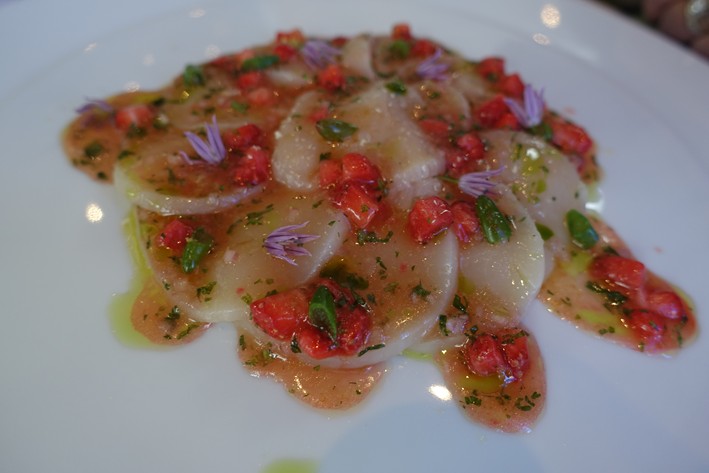

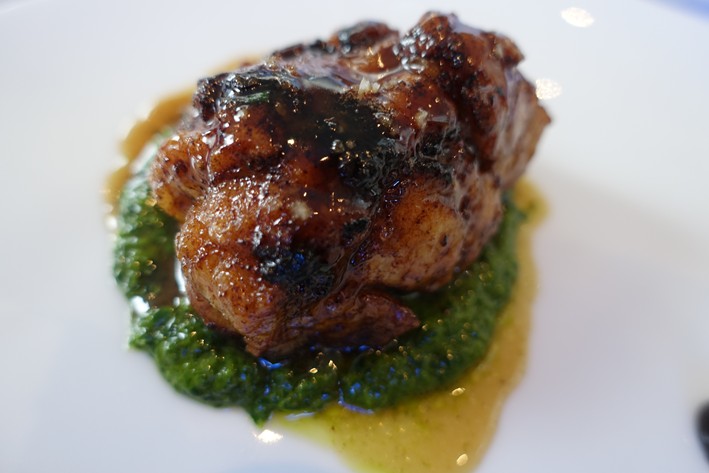

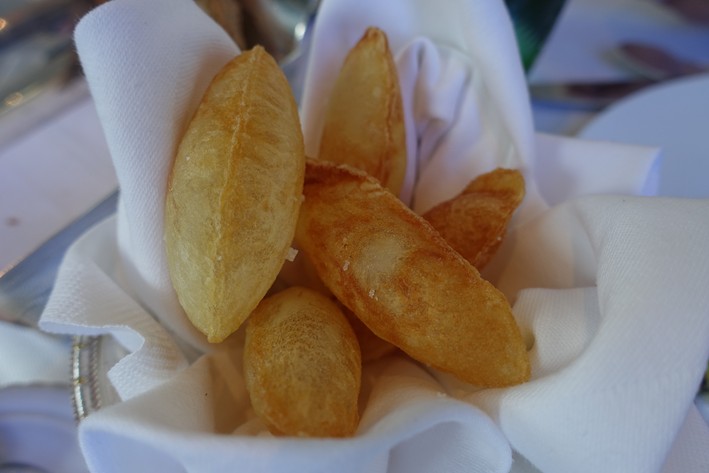
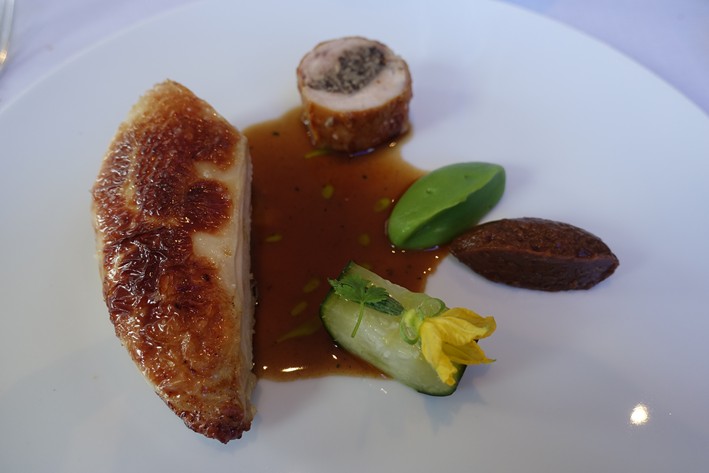
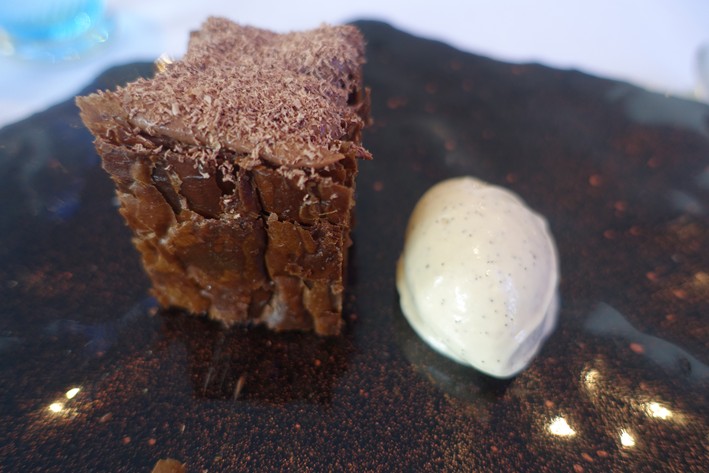
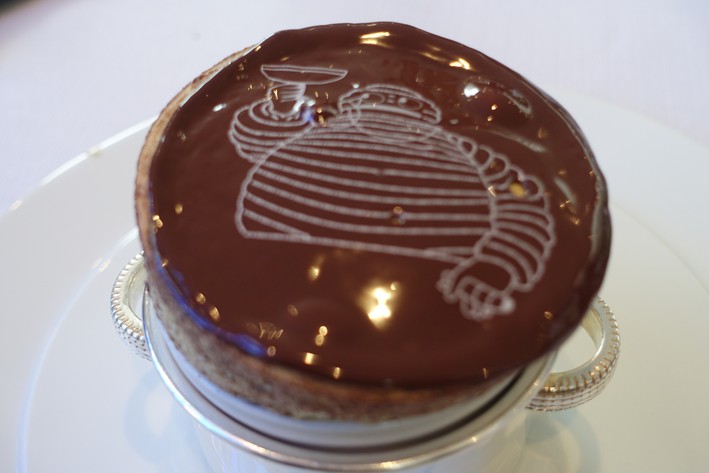

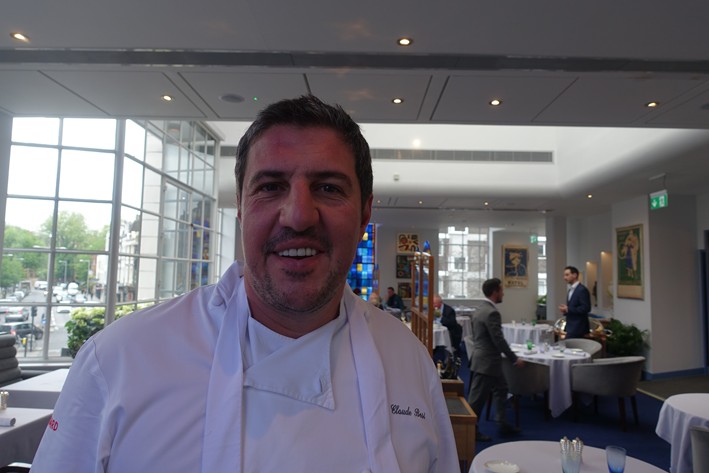
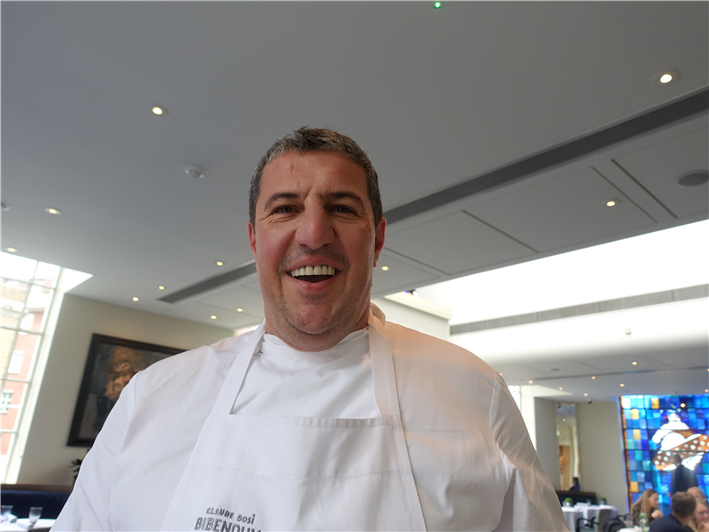
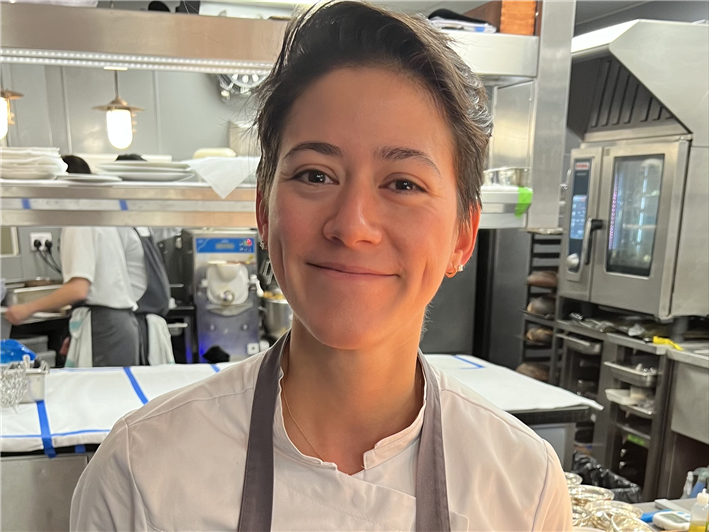

Add a comment
Thank you for submitting your comment, this will be checked and added to the website very soon.
User comments